Quick highlights:
- AR Rahman and Hans Zimmer will collaborate on the soundtrack for Ramayana: Part One, directed by Nitesh Tiwari.
- Rahman shared a selfie with Zimmer on Instagram, captioned “With @hanszimmer #ramayanamovie”.
- The photo sparked a wave of excitement online, with fans and celebrities calling it a “historic moment”.
- Ramayana: Part One stars Ranbir Kapoor, Yash, and Sai Pallavi, and is set for a Diwali 2026 release.
AR Rahman’s latest Instagram post has set the tone for what might be one of the most ambitious film music projects in recent Indian cinema. The Oscar-winning composer shared a selfie with legendary Hollywood music producer Hans Zimmer, confirming their collaboration on Nitesh Tiwari’s Ramayana: Part One. The picture quickly went viral, as fans celebrated the rare coming together of two globally acclaimed composers for a single Indian film.
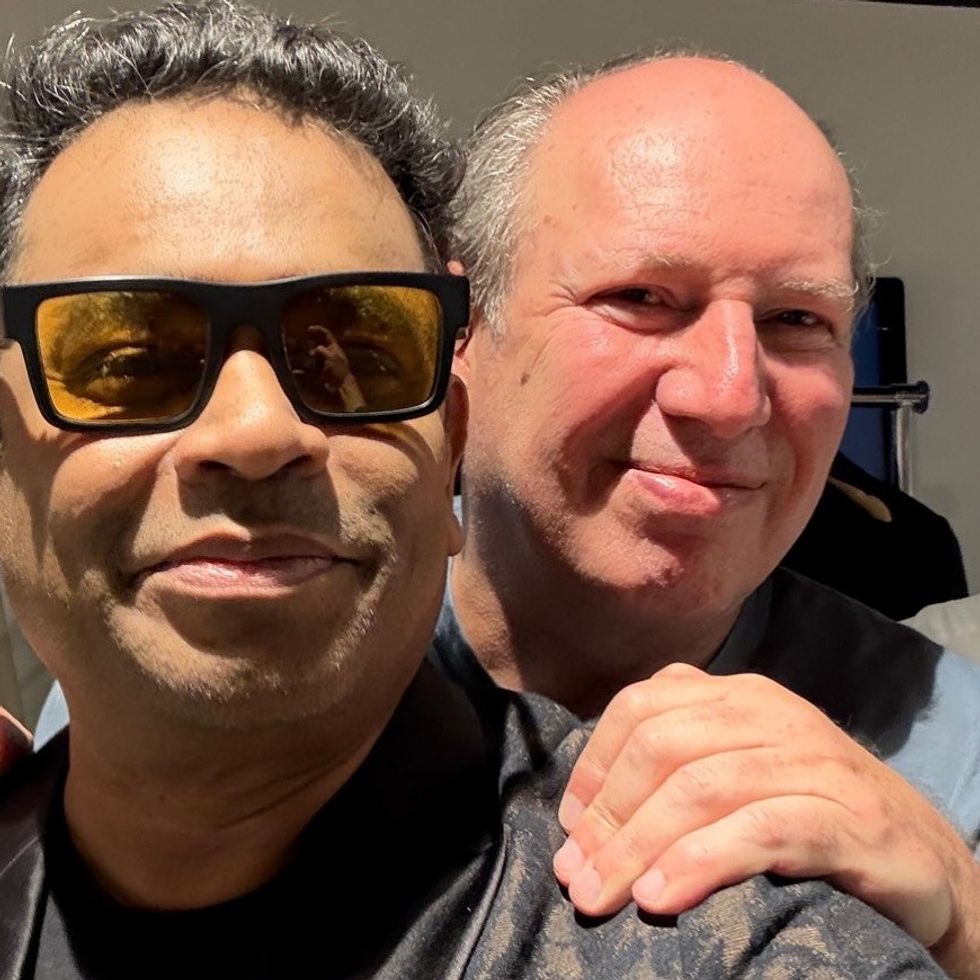
Music fans celebrate Rahman–Zimmer team-up
The image, shared on 4 July, featured Rahman smiling beside Zimmer, with the simple caption: “With @hanszimmer #ramayanamovie.” But the response was anything but simple. Social media platforms lit up with comments from fans, celebrities, and fellow musicians. Singer Armaan Malik commented “Legends”, while actor Lauren Gottlieb called it “iconic”. One fan summed up the mood online, calling it “the frame of the decade.” Others hailed it as a historic cultural crossover. “ARR x HZ. The frame everyone will remember,” read one comment, while another declared, “Two titans cooking up something colossal.”
Ramayana promises visual and musical spectacle
Helmed by Dangal director Nitesh Tiwari, Ramayana: Part One is shaping up to be a high-budget adaptation of the Indian epic. The first look, released on 3 July, featured Ranbir Kapoor as Lord Ram and KGF star Yash as Ravana, earning praise for its grandeur and top-notch VFX by Oscar-winning studio DNEG. The film also stars Sai Pallavi as Sita, Sunny Deol as Hanuman, and Ravie Dubey as Lakshman. The sneak peek hinted at an intense visual and narrative experience, portraying the Ram-Ravana war as a battle of cosmic proportions.
Global release planned in two parts
Ramayana: Part One is produced by Prime Focus Studios’ Namit Malhotra and co-produced by Yash. The film is scheduled for a global release in Diwali 2026, with Part Two expected to follow in Diwali 2027. With the Zimmer–Rahman musical partnership added to the mix, expectations are now sky-high. As one user wrote: “Close your eyes and you're in another world. This soundtrack is going to be unreal.”
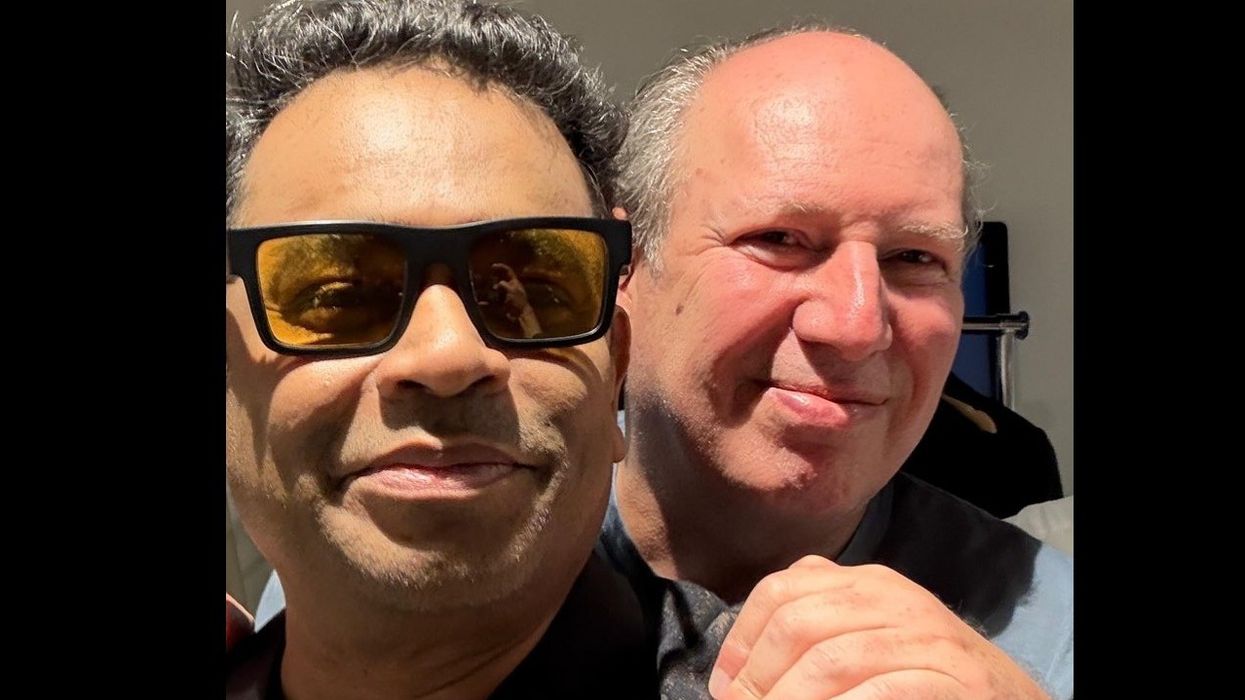

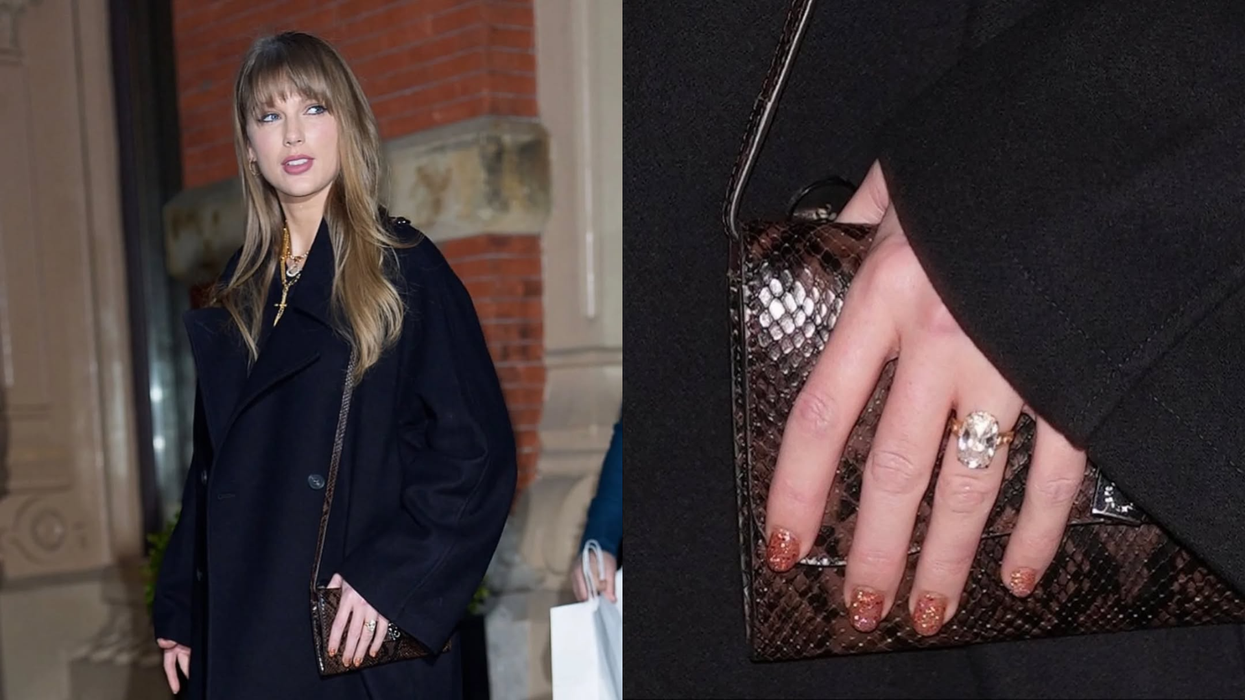
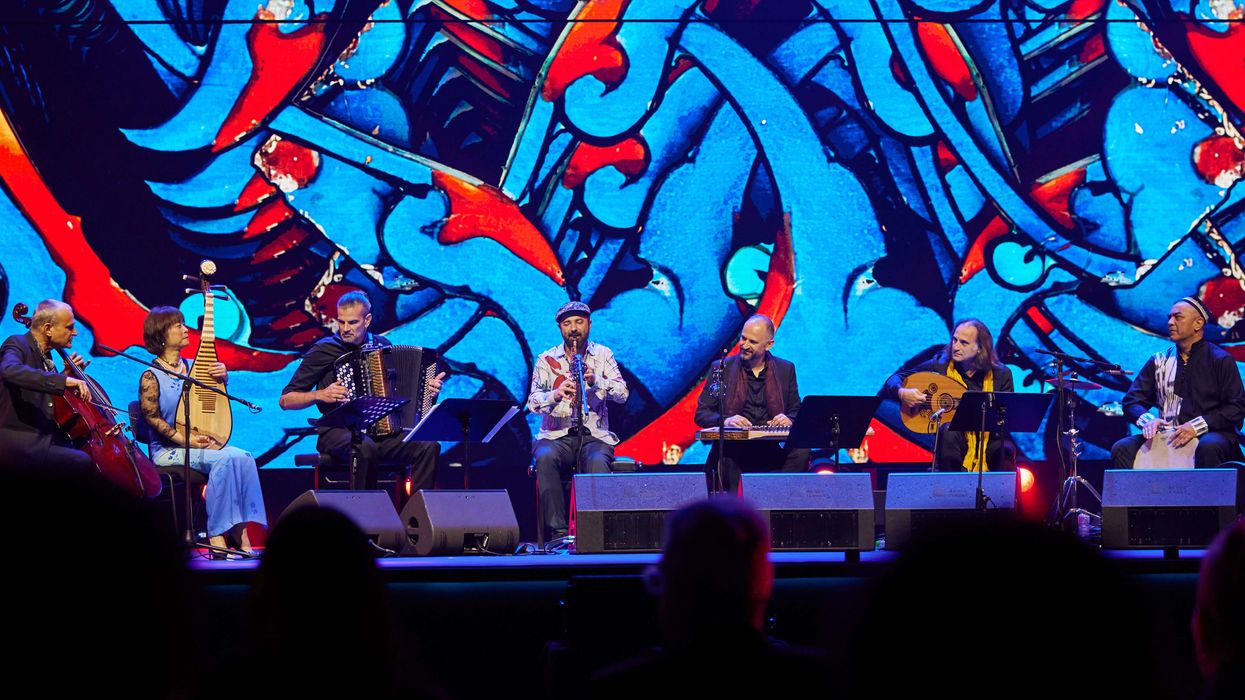
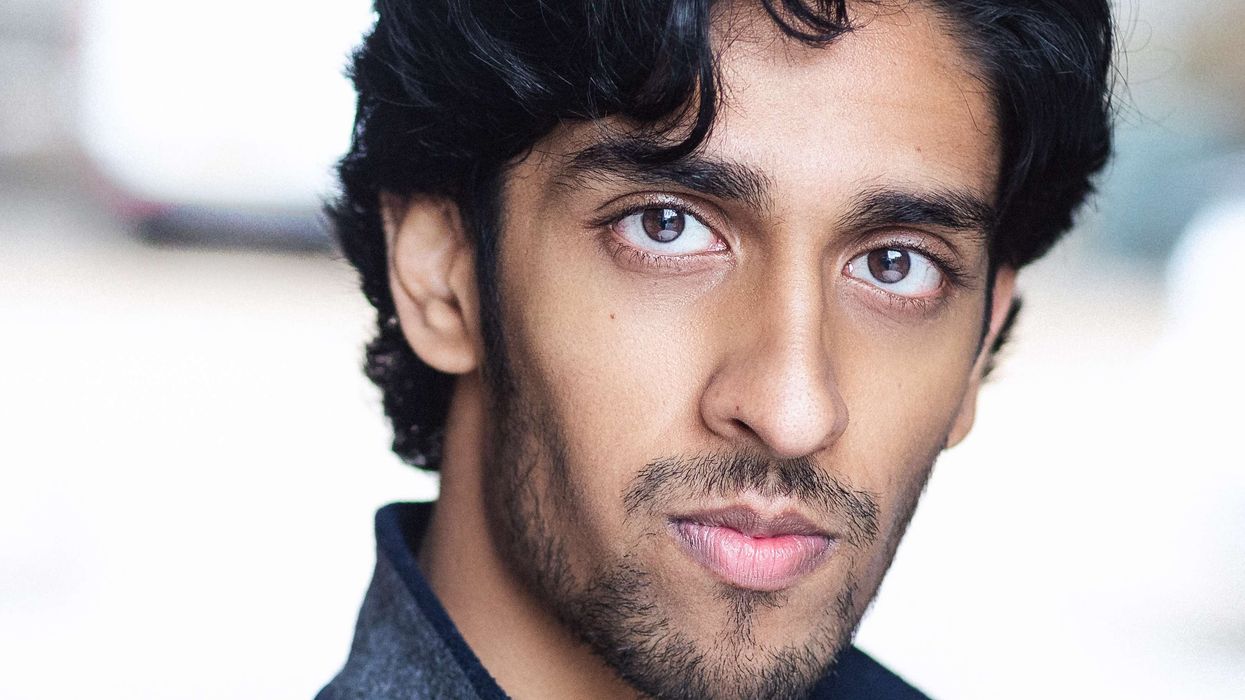
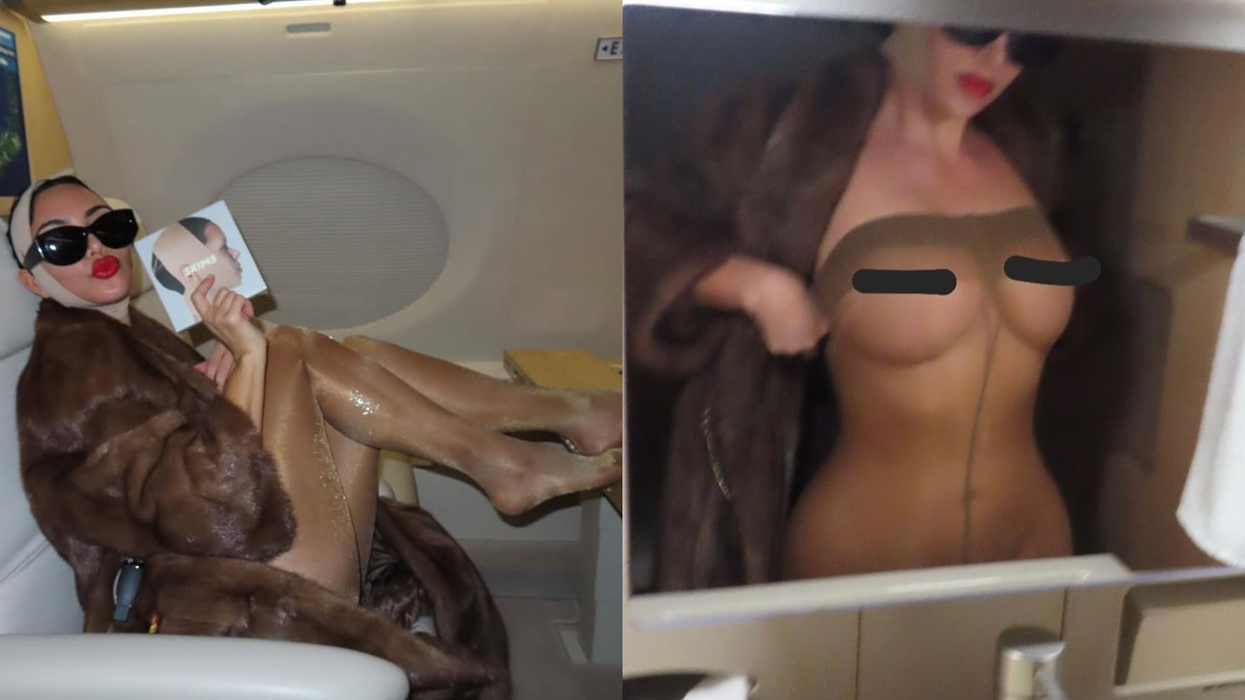
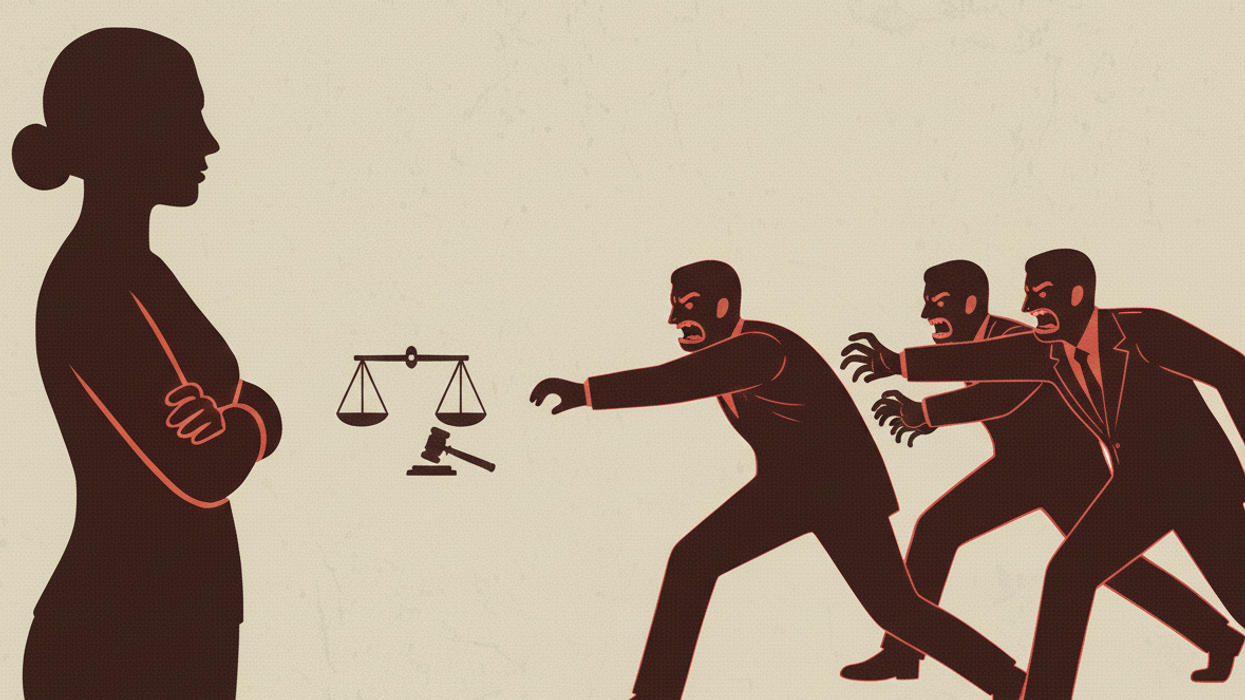
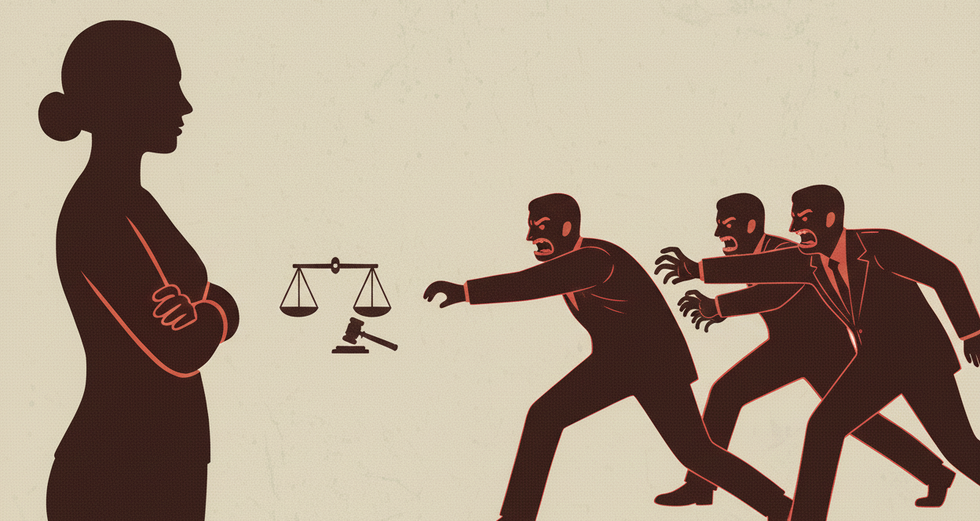 Inside the Kerala actress assault case and the reckoning it triggered in Malayalam cinema AI Generated
Inside the Kerala actress assault case and the reckoning it triggered in Malayalam cinema AI Generated 
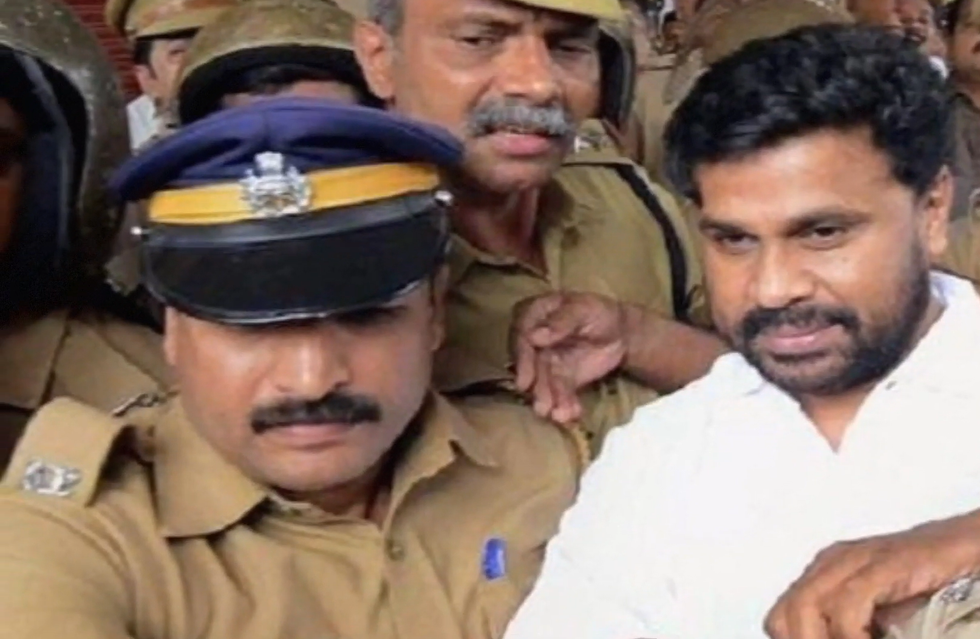 Actor-producer Dileep was arrested on 10 JulyYoutube Screengrab/Kerala Kaumudi
Actor-producer Dileep was arrested on 10 JulyYoutube Screengrab/Kerala Kaumudi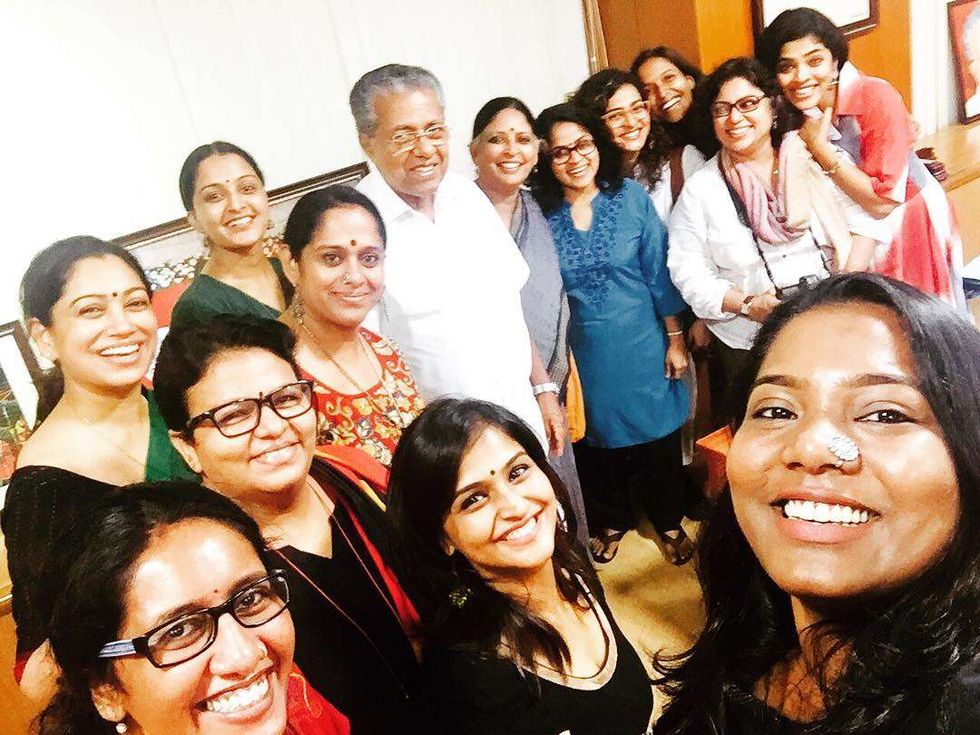 Members of the Women in Cinema Collective (WCC) meeting with the Chief Minister of KeralaInstagram/
Members of the Women in Cinema Collective (WCC) meeting with the Chief Minister of KeralaInstagram/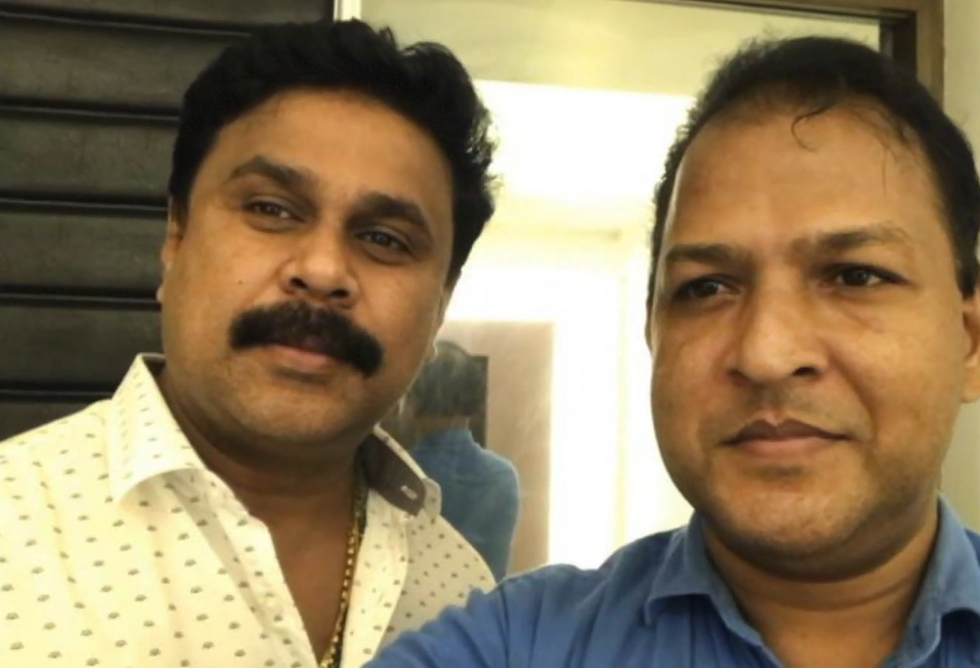 Actor Dileep and whistleblower Balachandra Kumar, whose testimony and disclosures played a crucial role in advancing the investigation Youtube Screengrab/Kerala Kaumudi
Actor Dileep and whistleblower Balachandra Kumar, whose testimony and disclosures played a crucial role in advancing the investigation Youtube Screengrab/Kerala Kaumudi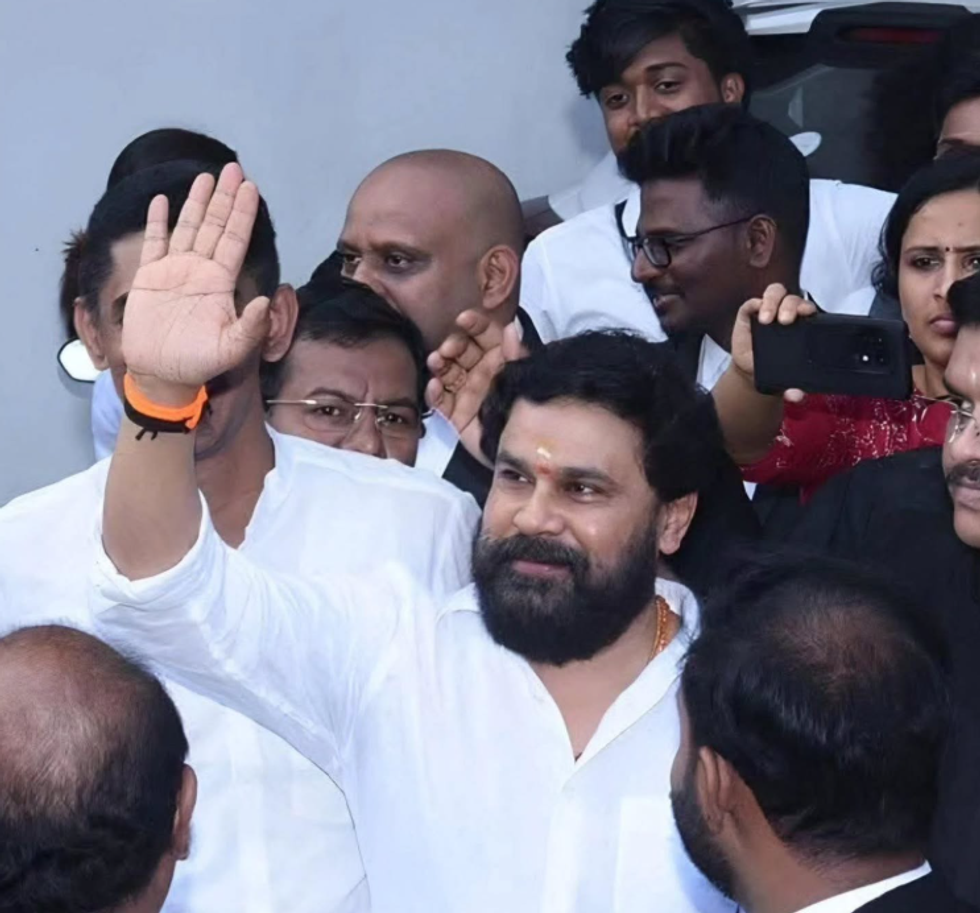 Dileep coming out of the court after the verdict Instagram/
Dileep coming out of the court after the verdict Instagram/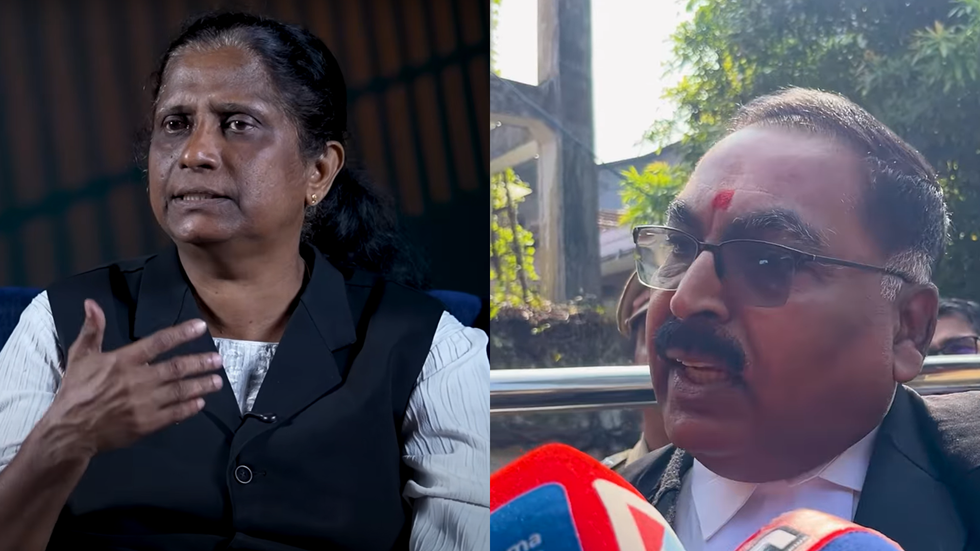 Advocates T. B. Mini and Aja Kumar, representing the survivor in the Kerala actress assault caseYoutube Screengrabs/ Oneindia Malayalam
Advocates T. B. Mini and Aja Kumar, representing the survivor in the Kerala actress assault caseYoutube Screengrabs/ Oneindia Malayalam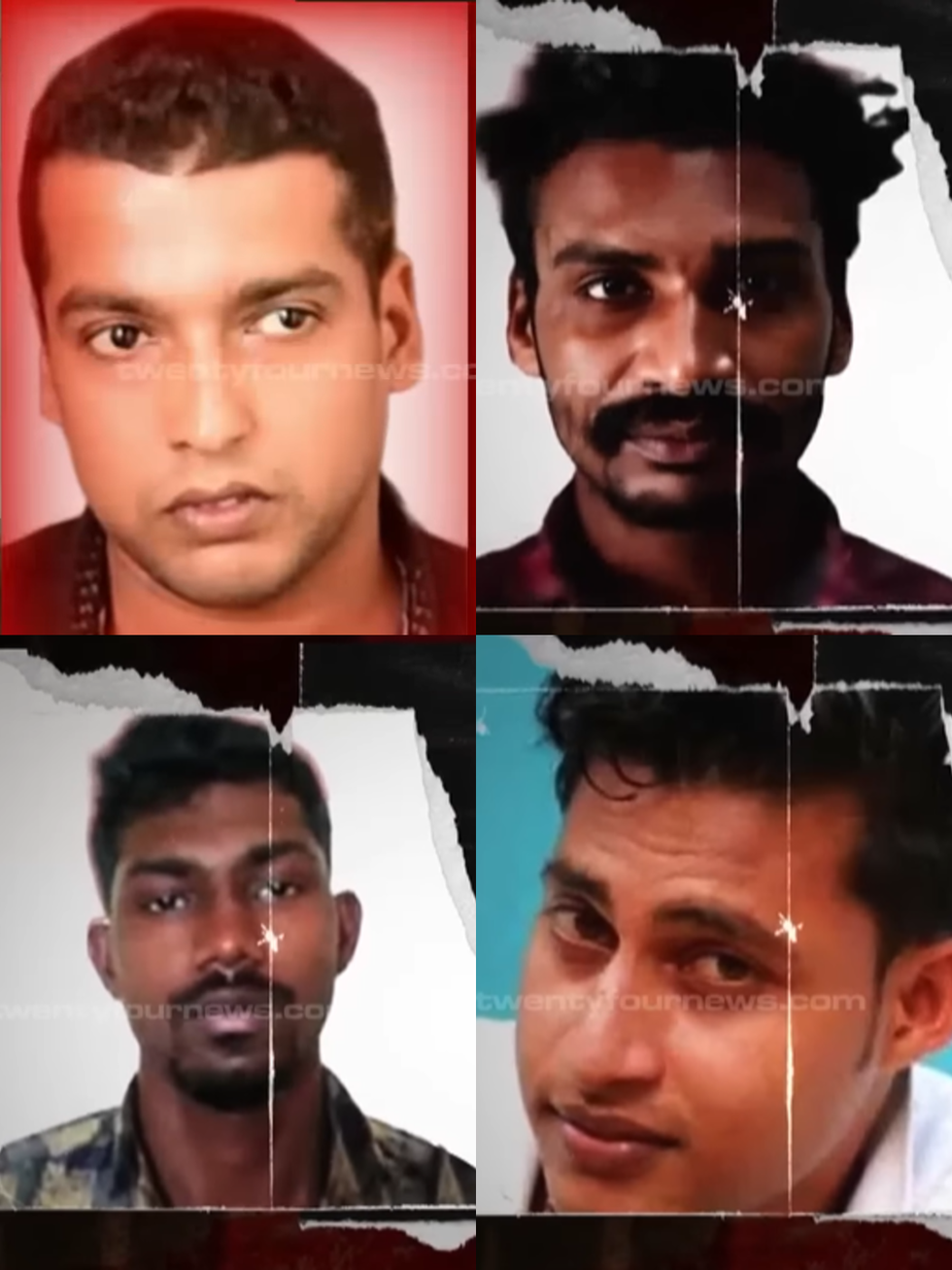 Four of the six convicted accused in the Kerala actress assault case Youtube Screengrabs/ 24 News
Four of the six convicted accused in the Kerala actress assault case Youtube Screengrabs/ 24 News 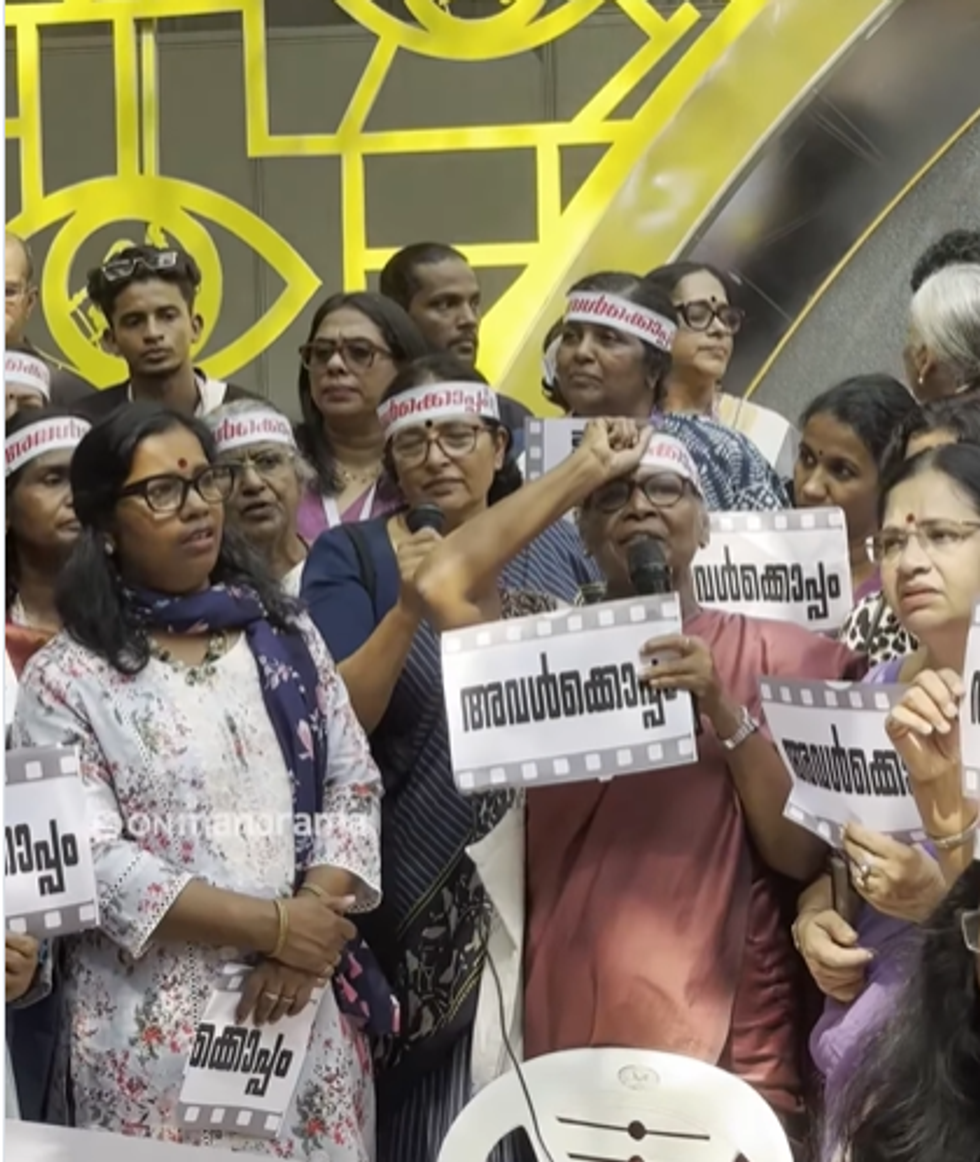 Film personalities and activists gather at the Tagore Theatre to reject the court\u2019s decision and demand systemic change for women\u2019s safety Instagram Screengrab/onmanorama
Film personalities and activists gather at the Tagore Theatre to reject the court\u2019s decision and demand systemic change for women\u2019s safety Instagram Screengrab/onmanorama 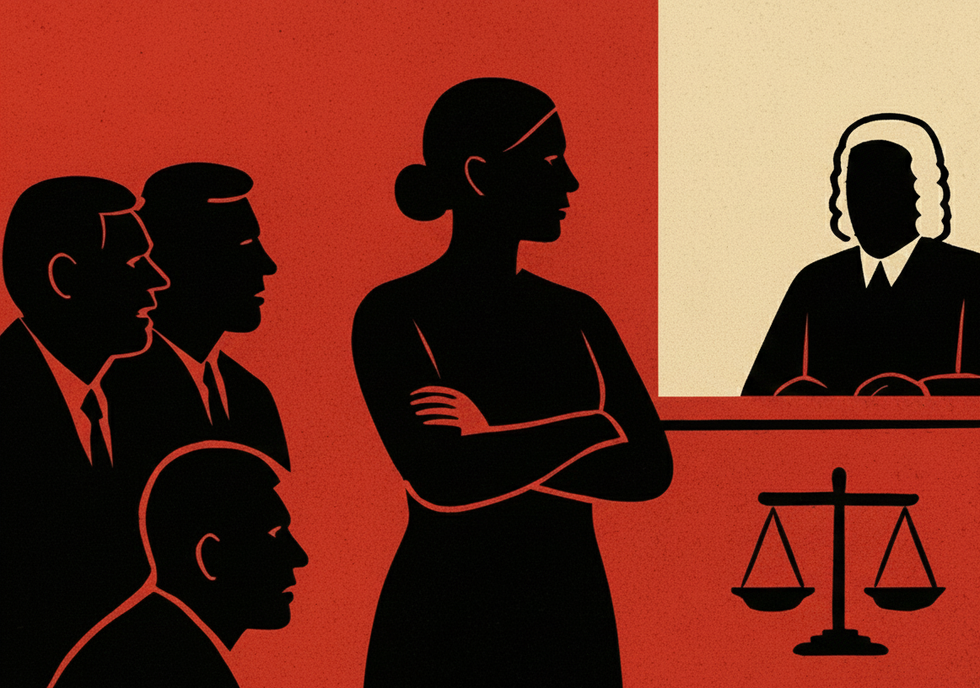 How one survivor’s fight shook an entire industryAI Generated
How one survivor’s fight shook an entire industryAI Generated





